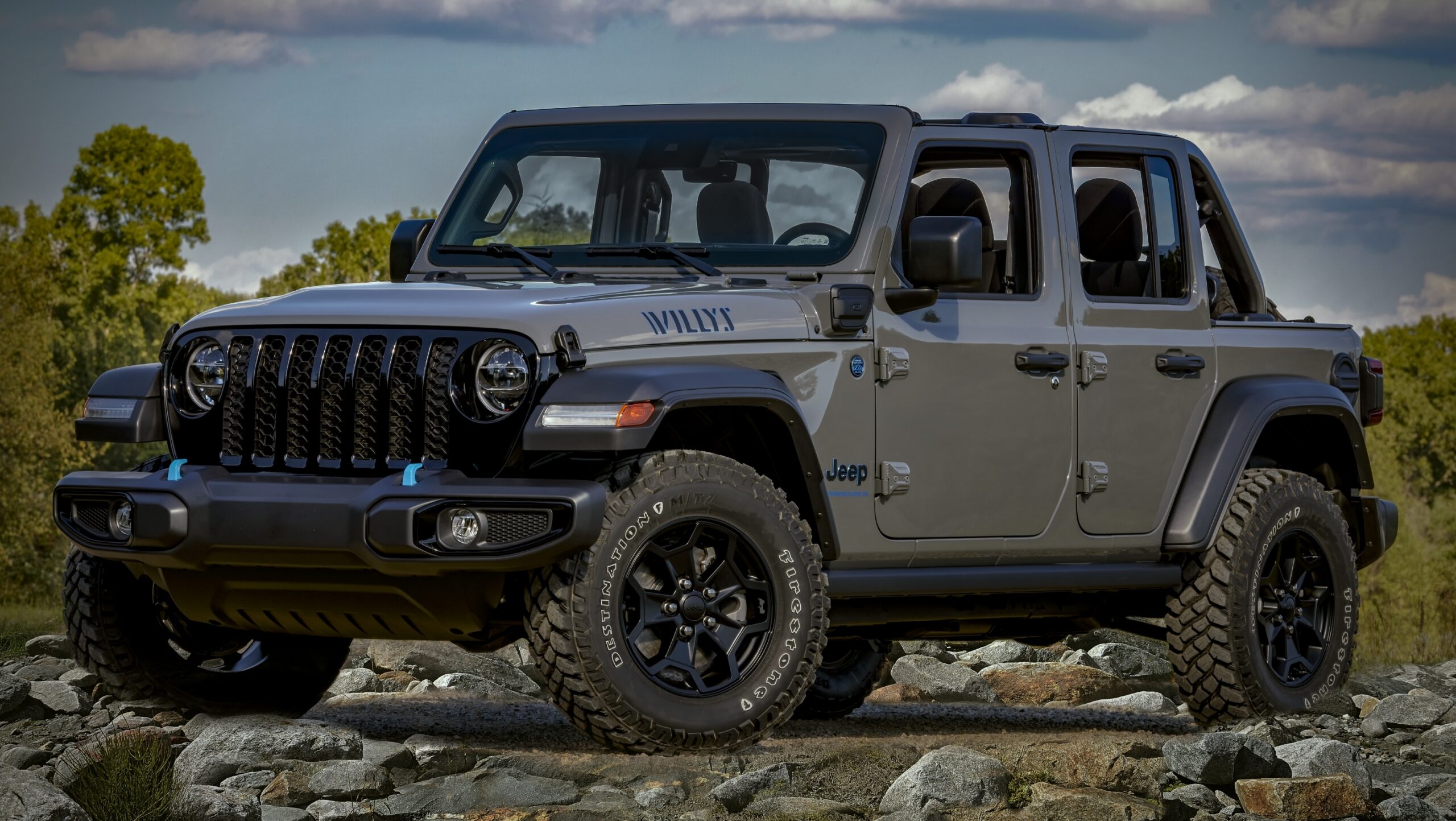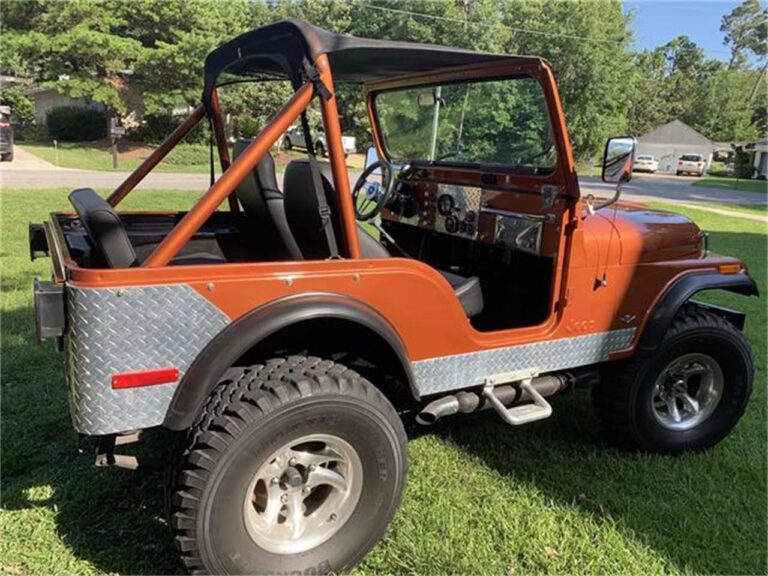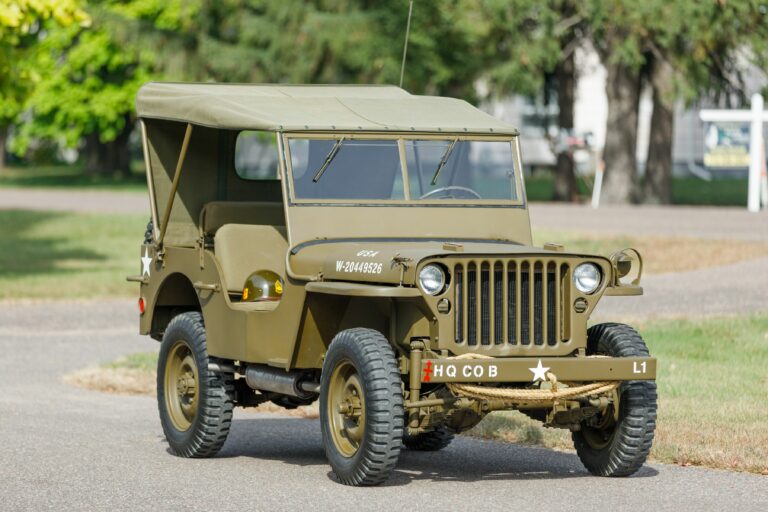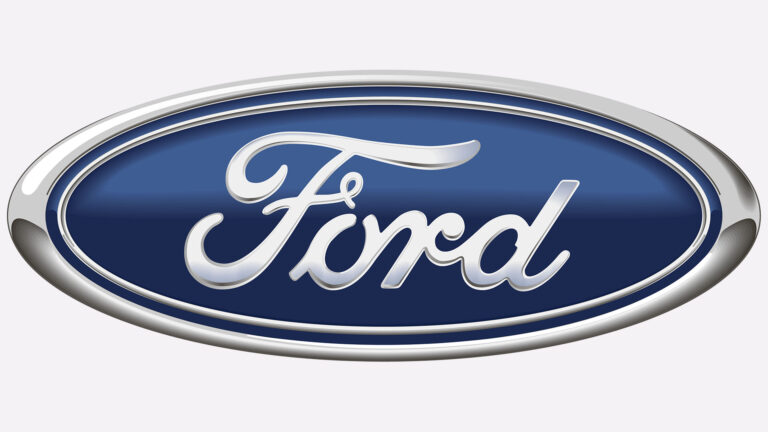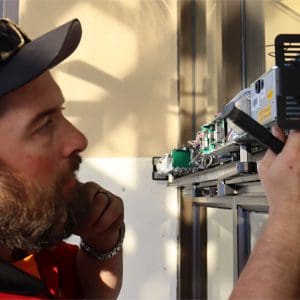Jeep XJ Cherokee For Sale: Your Ultimate Buyer’s Guide
Jeep XJ Cherokee For Sale: Your Ultimate Buyer’s Guide jeeps.truckstrend.com
The Jeep XJ Cherokee, produced from 1984 to 2001, stands as an automotive icon – a testament to rugged simplicity, unparalleled utility, and legendary off-road capability. More than two decades after its final production run, the XJ remains one of the most sought-after used SUVs on the market, captivating enthusiasts and practical drivers alike. When you search for "Jeep XJ Cherokee for sale," you’re not just looking for a vehicle; you’re often searching for a project, a capable off-roader, a reliable daily driver, or a piece of automotive history that offers incredible value for money.
This comprehensive guide is designed to equip prospective buyers with all the knowledge needed to navigate the market for a Jeep XJ Cherokee for sale. From understanding its enduring appeal to conducting a thorough inspection and budgeting for ownership, we’ll cover every essential aspect to help you make an informed and successful purchase.
Jeep XJ Cherokee For Sale: Your Ultimate Buyer’s Guide
Why Buy a Jeep XJ Cherokee? The Enduring Appeal
The persistent demand for a Jeep XJ Cherokee for sale isn’t merely nostalgic; it’s rooted in the vehicle’s inherent strengths that continue to outperform many modern SUVs in specific areas.
- Rugged Durability and Simplicity: The XJ was built on a unibody platform that, despite initial skepticism, proved incredibly robust and durable. Its mechanical components are straightforward, making it remarkably easy to maintain and repair, even for novice mechanics. There’s less complex electronics and more accessible parts compared to contemporary vehicles.
- Unmatched Off-Road Prowess: Few SUVs in its class, past or present, can match the XJ’s off-road capabilities right out of the factory. With solid axles (Dana 30 front, various rear options), excellent approach and departure angles, and proven 4×4 transfer cases like the NP231 Command-Trac and NP242 Selec-Trac, the XJ is a true trail conqueror. Its relatively compact size also makes it nimble on tight trails.
- Affordability and Value: Compared to new SUVs or even many other used 4x4s, the price of a Jeep XJ Cherokee for sale remains incredibly competitive. This affordability extends to parts, which are plentiful and often inexpensive due to the XJ’s popularity and long production run. It represents fantastic value for anyone seeking a capable, versatile vehicle on a budget.
- Customization Potential: The XJ is a blank canvas for customization. A vast aftermarket industry provides endless options for suspension lifts, larger tires, heavy-duty bumpers, winches, and performance upgrades. Whether you envision a mild overland rig or an extreme rock crawler, the XJ can be tailored to suit any adventure.
- Classic Status and Appreciation: Well-maintained, rust-free examples of the Jeep XJ Cherokee are increasingly becoming collector’s items. For those who invest in a good condition XJ, there’s a real possibility of its value appreciating over time, especially for desirable configurations like the 4.0L straight-six engine with a manual transmission.

Understanding XJ Cherokee Generations and Key Features
When looking for a Jeep XJ Cherokee for sale, it’s crucial to understand the subtle but significant differences between its two main phases of production.

-
First Generation (Pre-Facelift): 1984-1996
- Engines: Early models featured the AMC 2.5L I4, GM 2.8L V6 (briefly), and the beloved AMC 4.0L I6 (initially Renix, then High Output "HO" from 1991). The 4.0L HO is highly preferred for its power and reliability.
- Transmissions: Manual options included the BA-10/5, AX-15, and later NV3550. The automatic transmission was almost universally the robust Aisin-Warner AW4.
- Transfer Cases: NP207, NP228, NP229 (older models), NP231 (Command-Trac, part-time 4WD), and NP242 (Selec-Trac, full-time/part-time 4WD).
- Axles: Dana 30 front; Dana 35c rear (most common, weaker), Chrysler 8.25 (stronger, later years), or rare Dana 44 (early models, particularly with tow packages).
- Exterior/Interior: Characterized by sharper body lines, older dash design, and often a more utilitarian feel.
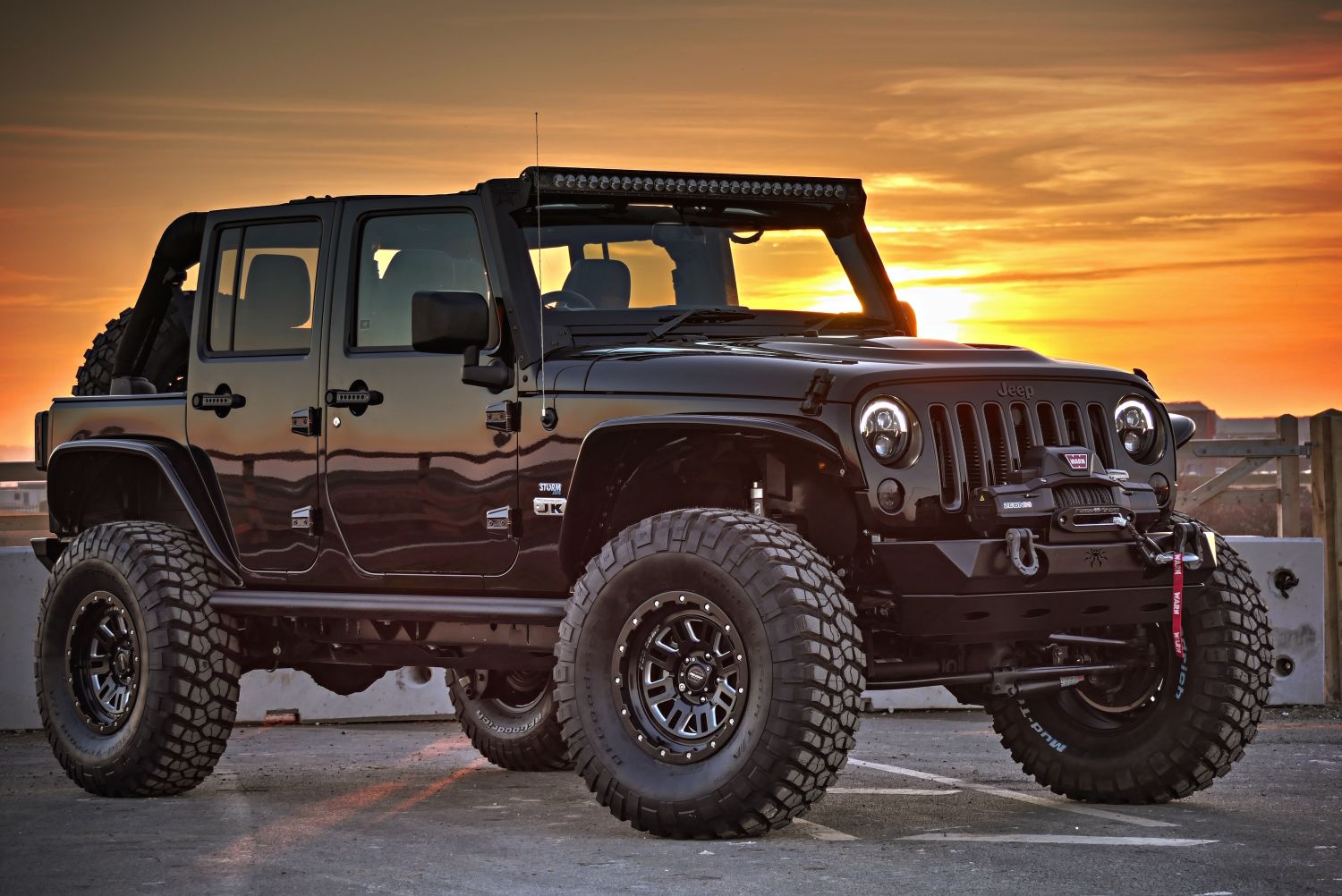
-
Second Generation (Facelift): 1997-2001
- Engines: Primarily the refined 4.0L High Output (HO) I6, known for its bulletproof reliability.
- Transmissions: AW4 automatic or NV3550 manual.
- Transfer Cases: NP231 and NP242 remained the primary options.
- Axles: Dana 30 front; Chrysler 8.25 rear (more prevalent and stronger than the Dana 35c), with some Dana 35c still appearing.
- Exterior/Interior: Smoother body panels, redesigned and more modern dashboard, improved door design, and some safety enhancements.
Which to Choose?
While both generations offer the classic XJ experience, the 1997-2001 models are generally preferred for daily driving due to the updated interior, stronger Chrysler 8.25 rear axle (more common), and slightly refined features. However, the pre-facelift models are often lighter and can be found at lower prices, making them excellent platforms for dedicated off-road builds. The 4.0L High Output engine (1991-2001) is almost universally recommended for its power, torque, and legendary durability.
Where to Find a Jeep XJ Cherokee For Sale
Finding the right Jeep XJ Cherokee for sale requires knowing where to look and being patient.
- Online Marketplaces:
- Craigslist and Facebook Marketplace: These are arguably the most popular platforms for finding private party sales. Use specific keywords like "Jeep Cherokee XJ," "4.0L," "4×4," and filter by year range. Be wary of scams and always inspect in person.
- eBay Motors: Good for nationwide searches, often featuring more detailed listings and potentially higher-end or specialized builds.
- Dedicated Forums and Groups: Websites like NAXJA (North American XJ Association), CherokeeForum.com, and various Facebook groups dedicated to XJ Cherokees often have classified sections where enthusiasts sell their vehicles. These are great places to find well-maintained or thoughtfully modified examples.
- Local Dealerships: While less common for older XJs, some used car dealerships might have a good condition XJ, particularly those specializing in 4x4s.
- Word of Mouth & Local Classifieds: Don’t underestimate the power of asking around or checking local newspaper classifieds, especially in rural areas where XJs are popular.
- Auctions: Government surplus or public auto auctions can sometimes yield an XJ, but these typically come with little history and no opportunity for a detailed inspection.
What to Look For: A Buyer’s Checklist for the XJ Cherokee
When you find a promising Jeep XJ Cherokee for sale, a thorough inspection is paramount. Even the most reliable vehicles have common failure points.
-
Rust (The #1 Enemy): The XJ’s unibody construction means rust can compromise structural integrity.
- Frame Rails: Especially the "frame stiffeners" or uni-body pinch welds under the doors and along the floorboards.
- Floorboards: Check under the carpet for holes or severe corrosion.
- Rocker Panels: These are highly susceptible to rust, especially if not protected.
- Rear Quarter Panels: Around the wheel wells and behind the rear wheels.
- Door Sills, A-pillars, Hatch Surround: Check all seams and common water traps.
- Prioritize a rust-free body over anything else. Mechanical issues are fixable; severe rust often means a vehicle is a write-off.
-
Engine (4.0L I6):
- Oil Leaks: Common culprits include the rear main seal (a minor drip is often accepted as "normal" for older Jeeps, but a significant leak is not), valve cover gasket, and oil filter adapter.
- Cooling System: Inspect the radiator (plastic end tanks crack), water pump, thermostat housing, fan clutch, and hoses. Look for signs of overheating (discolored coolant, sweet smell, white residue). The 4.0L is prone to overheating if the cooling system isn’t meticulously maintained.
- Exhaust Manifold: Cracks are very common, leading to ticking noises, especially on cold starts.
- Idle Issues: Rough idle can point to a dirty Idle Air Controller (IAC), Throttle Position Sensor (TPS), or vacuum leaks.
- "Death Wobble": While not engine-related, this violent steering wheel shake is common on XJs, especially lifted ones. It’s usually caused by worn steering components (track bar, ball joints, tie rod ends) or improper alignment. This is fixable but indicates wear.
-
Transmission (AW4 Automatic):
- Shifting: Should be smooth and predictable. Hard shifts, slipping, or delayed engagement indicate issues.
- Fluid: Check the color and smell. Burnt smell or dark fluid indicates trouble.
-
Transfer Case (NP231/NP242):
- Engage 4×4: Test both 4-High and 4-Low. Listen for grinding or unusual noises. Ensure it engages and disengages smoothly.
- Fluid: Check for leaks around the seals.
-
Axles:
- Leaks: Check the differential covers and pinion seals for fluid leaks.
- Noise: Listen for humming or grinding noises, especially at highway speeds, which could indicate worn gears or bearings.
-
Suspension and Steering:
- Saggy Rear: The leaf springs often flatten over time, leading to a "saggy butt" appearance.
- Bushings: Inspect control arm bushings, sway bar bushings, and leaf spring bushings for cracking or deterioration.
- Ball Joints and Tie Rod Ends: Check for excessive play.
- Shocks: Look for leaks or excessive bounce.
-
Electrical: Test all lights, windows, wipers, radio, power locks, and the HVAC system (blower motor, AC compressor).
-
Interior: Check for seat rips, headliner sag (common), dash cracks, and overall cleanliness.
-
Documentation: Ask for service records, receipts for parts, and any information on previous modifications.
-
Test Drive: Drive at various speeds, including highway speeds. Accelerate, brake, turn, and listen carefully for any unusual noises, vibrations, or handling issues. Engage 4×4.
Pricing Your XJ Cherokee: What to Expect
The price of a Jeep XJ Cherokee for sale can vary wildly based on condition, year, mileage, and modifications. Here’s a general guide:
Factors Influencing Price:
- Condition: Rust-free, well-maintained examples command a significant premium.
- Year & Engine: Later models (1997-2001) and those with the 4.0L HO engine are more desirable.
- Mileage: Lower mileage typically means higher price, but maintenance history is more critical than mileage alone for an XJ.
- Drivetrain: 4×4 models are always more expensive than 2WD. Manual transmissions can also fetch a higher price among enthusiasts.
- Modifications: Tasteful and well-executed modifications (e.g., quality lift kit, new tires) can increase value, while poorly done or extreme modifications might decrease it.
- Location: Prices can vary regionally based on demand and availability.
General Price Ranges (USD, as of late 2023/early 2024):
| Condition Category | Year Range | Engine | Drivetrain | Typical Price Range | Key Characteristics |
|---|---|---|---|---|---|
| Project/Parts Car | Any | Any | Any | $500 – $2,000 | Heavy rust, major mechanical issues, non-running, suitable for parts or extensive restoration. |
| Driver Quality (Needs TLC) | 1984-1996 | 4.0L (HO/Renix) | 4×4/2WD | $2,000 – $5,000 | Runs and drives, but has significant cosmetic flaws, moderate rust, high mileage, and/or multiple mechanical issues requiring attention. |
| Good Condition (Daily Driver) | 1991-2001 | 4.0L HO | 4×4 | $5,000 – $10,000 | Minor cosmetic flaws, minimal to no significant rust, well-maintained, mechanically sound, reliable for daily use. |
| Excellent/Low Mileage/Restored | 1997-2001 | 4.0L HO | 4×4 | $10,000+ | Near-pristine body with no rust, low original mileage, meticulously maintained, recent restoration, or highly desirable factory options. |
Note: These are general ranges. Exceptional examples or highly modified rigs built with quality components can exceed these figures.
Tips for a Successful Purchase
- Set a Realistic Budget: Beyond the purchase price, factor in insurance, registration, and a contingency fund for immediate repairs or maintenance. Even a "good condition" XJ will likely need some attention.
- Pre-Purchase Inspection (PPI): If you’re not mechanically savvy, invest in a PPI by a trusted mechanic, ideally one familiar with Jeeps. This can uncover hidden problems and save you thousands.
- Negotiate Based on Inspection: Use any issues discovered during your inspection as leverage for negotiation.
- Rust is Non-Negotiable: Seriously, do not compromise on severe rust. It’s often more expensive to fix than the vehicle is worth.
- Know Your Intended Use: Are you building an off-road monster or just need a reliable commuter? This will dictate the level of condition and modifications you should look for.
- Join the Community: Before, during, and after your purchase, engage with online XJ communities. They are an invaluable resource for advice, parts, and camaraderie.
Common Modifications and Upgrades
Many Jeep XJ Cherokee for sale listings will feature modifications. Here are some common ones:
- Suspension Lifts: Ranging from 2-inch budget boosts to 6+ inch long-arm systems, improving ground clearance and allowing for larger tires.
- Larger Tires: All-terrain or mud-terrain tires enhance off-road grip and vehicle aesthetics.
- Steel Bumpers & Armor: Aftermarket bumpers provide protection and mounting points for winches; rock sliders protect rocker panels; skid plates protect vital components.
- Winches: Essential recovery gear for off-road adventures.
- Lighting Upgrades: LED light bars, upgraded headlights (stock XJ headlights are notoriously dim).
- Gearing: Re-gearing axles is crucial when installing significantly larger tires to restore power and optimize performance.
- Lockers: Front and/or rear differential lockers dramatically improve traction in challenging off-road conditions.
- Maintenance Upgrades: Heavy-duty steering components, upgraded cooling systems (e.g., larger radiator), and better braking systems are popular "reliability mods."
Frequently Asked Questions (FAQ)
Q: Is the Jeep XJ Cherokee a good daily driver?
A: Yes, many XJs serve as reliable daily drivers, especially the later 4.0L HO models. They are comfortable enough for commuting, offer decent cargo space, and are relatively fuel-efficient for their class. However, remember they are older vehicles and will require more consistent maintenance than a brand-new car.
Q: What’s the "best" year for an XJ?
A: Most enthusiasts prefer the 1997-2001 models due to the updated interior, refined body styling, and the more common and stronger Chrysler 8.25 rear axle. The 4.0L High Output engine (1991-2001) is universally recommended.
Q: How much does it cost to lift an XJ?
A: A basic 2-3 inch budget boost can be a few hundred dollars. A full 3-4.5 inch short-arm lift kit typically ranges from $600-$1,500. More advanced 5-6.5 inch long-arm kits can cost $2,000-$4,000+ (parts only), plus installation if not DIY.
Q: What is "death wobble" and how do I fix it?
A: Death wobble is a violent, uncontrollable oscillation of the steering wheel and front end, usually occurring at highway speeds after hitting a bump. It’s caused by worn or loose steering and suspension components, most commonly the track bar, ball joints, or tie rod ends. It’s fixable by identifying and replacing the worn parts, often alongside a proper alignment.
Q: Are parts hard to find for the XJ?
A: Absolutely not! Thanks to its popularity and long production run, parts for the XJ Cherokee are incredibly abundant, both OEM and aftermarket, and generally quite affordable.
Q: Is the 4.0L engine reliable?
A: The 4.0L AMC inline-six engine is legendary for its reliability and longevity. With proper maintenance, it can easily run for 200,000, 300,000, or even 400,000+ miles. Its main weaknesses are usually minor oil leaks and cooling system issues if neglected.
Q: Should I get a 2-door or 4-door XJ?
A: The choice depends on your needs. 4-door models are far more common and practical for passengers and cargo access. 2-door XJs are rarer, often lighter, and preferred by some for their unique look or specific off-road builds.
Conclusion
Searching for a Jeep XJ Cherokee for sale is an exciting journey into the world of truly capable and customizable vehicles. The XJ represents a unique blend of heritage, utility, and raw off-road prowess, all wrapped in a package that remains remarkably affordable. While they require careful inspection and an understanding of their common quirks, the rewards of owning this iconic SUV far outweigh the challenges.
By leveraging this guide, conducting thorough inspections, and budgeting wisely, you can confidently find an XJ Cherokee that meets your needs and provides countless miles of adventure. Owning an XJ is more than just driving a car; it’s joining a passionate community and embracing a lifestyle centered around exploration, modification, and the enduring spirit of Jeep.

